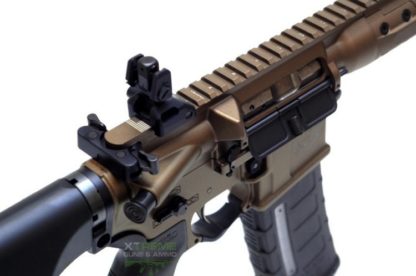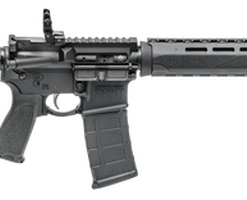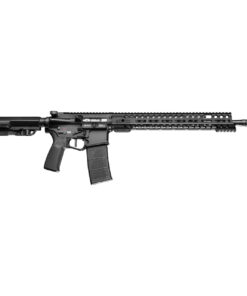AR-15 Firearm
$12,000.00
AR-15 Firearm: A Definitive Guide to the Iconic Modern Sporting Rifle
Specifications:
Type: Semi-Auto
Action: Lever
Barrel Length: 16.1″
Capacity: 32+1
Material: Single-Stage
Purpose: Personal Protection/Sport
Series: Carbine
AR-15 Firearm
The AR-15 firearm is a ubiquitous presence in the world of firearms, symbolizing versatility, customization, and adaptability. Widely embraced by civilian shooters, law enforcement agencies, and military units, the AR-15 has evolved from its military origins into a platform that represents the intersection of cutting-edge technology, innovation, and personal preferences. Let’s delve into the world of the AR-15, exploring its history, features, applications, and the lasting impact it has made on firearms culture.
Origins and Evolution:
The AR-15’s history dates back to the 1950s when Eugene Stoner and his team at Armalite Corporation developed the Armalite Rifle Model 15 (AR-15). This early iteration laid the groundwork for what would become the AR-15 platform. In the 1960s, the U.S. military adopted a modified version of the AR-15 as the M16 rifle, which saw service in various conflicts.
Key Features and Customization:
- Modularity: A defining characteristic of the AR-15 is its modularity. The platform’s upper and lower receivers can be easily swapped, allowing users to customize their rifles with different barrels, handguards, stocks, and accessories.
- Caliber Options: The AR-15 platform supports various calibers, including the original .223 Remington/5.56x45mm NATO, as well as alternatives like 6.5 Grendel, 300 Blackout, and more. This flexibility allows shooters to tailor their rifles to their preferred shooting style and purpose.
- Accessory Compatibility: The AR-15’s Picatinny rail system enables the attachment of a wide range of accessories, such as optics, lights, lasers, vertical grips, and bipods. This adaptability makes the AR-15 a canvas for shooters to personalize their firearms.
- Ergonomics and Controls: The AR-15’s ergonomic design, ambidextrous controls, and comfortable grip contribute to its user-friendly interface. Shooters can quickly learn to operate the rifle efficiently and effectively.
Applications and Versatility:
The AR-15’s versatility allows it to excel in various roles, including:
- Sport Shooting: AR-15 rifles are widely used in competitive shooting sports, such as 3-gun, USPSA, and precision rifle matches.
- Hunting: The platform’s adaptability makes it suitable for hunting small to medium game, depending on the caliber chosen.
- Home Defense: The AR-15’s ease of use, maneuverability, and capacity make it a popular choice for home defense scenarios.
- Law Enforcement and Military: Law enforcement agencies and military units often use AR-15 variants for their modular design, accuracy, and reliability.
Impact on Firearms Culture:
The AR-15 has played a significant role in shaping firearms culture. Its accessibility, customization options, and widespread adoption have made it a symbol of individuality and freedom for enthusiasts. The AR-15’s modular nature has also inspired firearm manufacturers to innovate and develop new platforms that offer similar adaptability.
Conclusion: A Platform for Innovation and Expression
The AR-15 firearm is more than just a tool; it’s a platform for innovation, self-expression, and exploration. Its ability to adapt to various shooting needs, paired with its rich history and cultural significance, has solidified its place as an iconic and revered firearm. As firearm enthusiasts continue to explore new horizons, the AR-15’s enduring legacy serves as a reminder of the power of versatility, customization, and the constant evolution of firearms technology.



















